Increasing Geriatric Population
The increasing geriatric population is a significant driver for the Vacuum Therapy Device Market. As the global population ages, the prevalence of age-related health issues, including chronic wounds and mobility impairments, is on the rise. Older adults are particularly susceptible to conditions that necessitate vacuum therapy, such as pressure ulcers and surgical wounds. This demographic shift is expected to lead to a heightened demand for vacuum therapy devices, as healthcare providers seek effective solutions to manage these conditions. Projections indicate that the geriatric population will continue to grow, further solidifying the market's potential for expansion.
Supportive Regulatory Framework
A supportive regulatory framework is playing a crucial role in the expansion of the Vacuum Therapy Device Market. Regulatory bodies are increasingly recognizing the importance of vacuum therapy in clinical settings, leading to streamlined approval processes for new devices. This regulatory support not only fosters innovation but also encourages manufacturers to invest in research and development. As a result, the market is likely to see a proliferation of new products that meet stringent safety and efficacy standards. This environment is conducive to growth, as healthcare providers gain confidence in the reliability of vacuum therapy devices.
Rising Incidence of Chronic Wounds
The Vacuum Therapy Device Market is significantly influenced by the rising incidence of chronic wounds, which are becoming a pressing healthcare concern. Conditions such as diabetes and venous insufficiency are contributing to an increase in chronic wound cases, necessitating effective treatment solutions. It is estimated that chronic wounds affect approximately 2% of the population, leading to a growing demand for advanced therapeutic options. Vacuum therapy has emerged as a preferred choice due to its ability to promote healing and reduce complications. Consequently, the market is poised for growth, as healthcare systems seek to implement effective wound management strategies.
Growing Awareness of Non-Invasive Treatment Options
There is a notable increase in awareness regarding non-invasive treatment options within the Vacuum Therapy Device Market. Patients and healthcare providers are increasingly recognizing the benefits of vacuum therapy, particularly in wound healing and tissue regeneration. This shift in perception is likely to drive demand, as more individuals seek alternatives to surgical interventions. The market is expected to witness a significant uptick in adoption rates, with estimates suggesting that non-invasive therapies could account for over 30% of the overall treatment modalities in the coming years. This trend underscores the potential for vacuum therapy devices to play a pivotal role in modern medical practices.
Technological Innovations in Vacuum Therapy Devices
The Vacuum Therapy Device Market is experiencing a surge in technological innovations that enhance the efficacy and usability of these devices. Recent advancements include the integration of smart technology, which allows for real-time monitoring and data collection. This capability not only improves patient outcomes but also facilitates better management of treatment protocols. Furthermore, the introduction of portable and user-friendly devices is likely to expand the market reach, making vacuum therapy more accessible to a broader demographic. As a result, the market is projected to grow at a compound annual growth rate of approximately 8% over the next five years, driven by these technological enhancements.


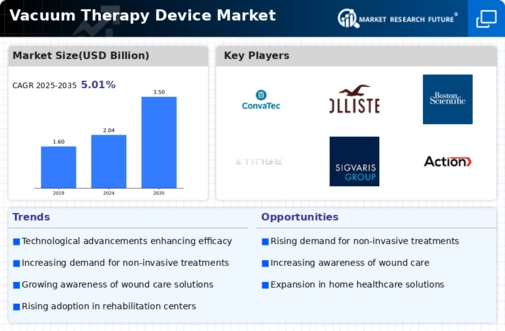
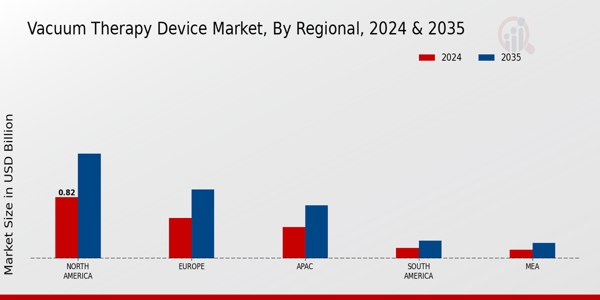
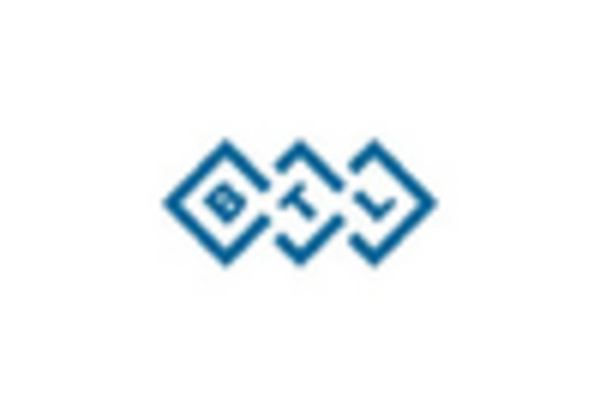

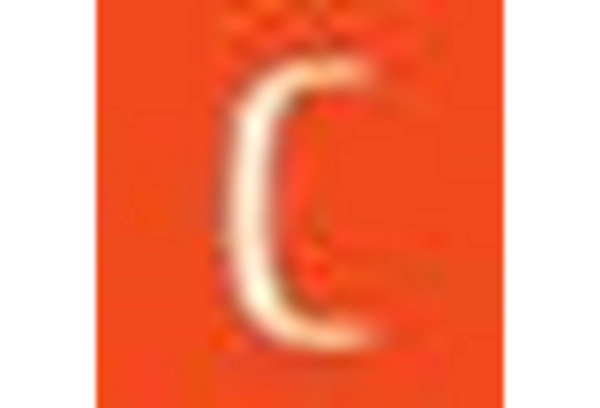
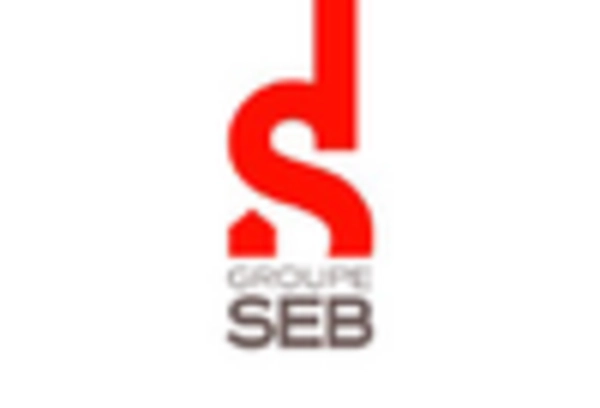
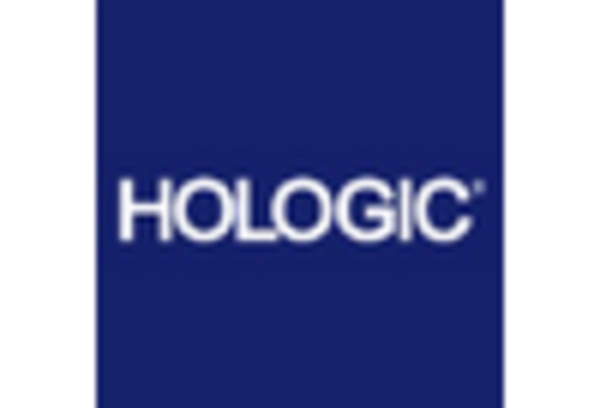
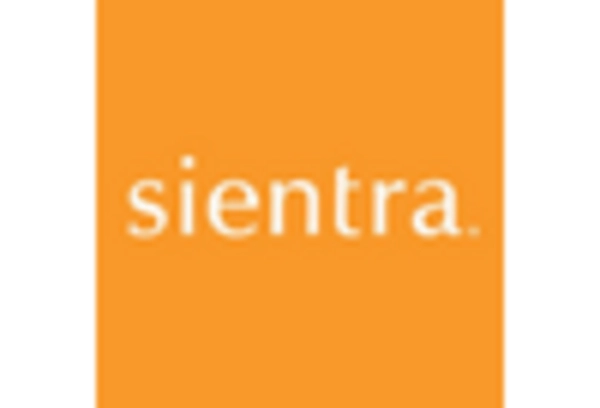








Leave a Comment